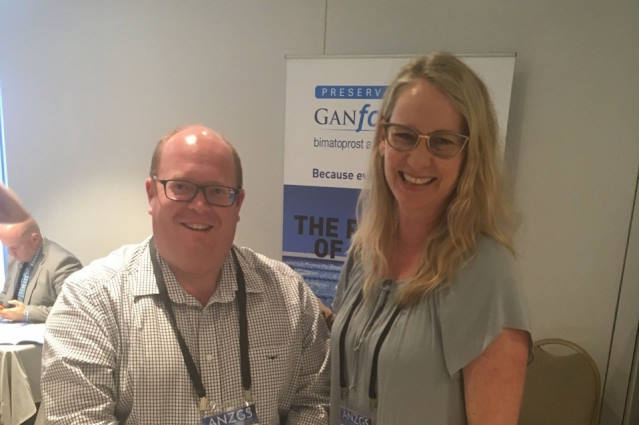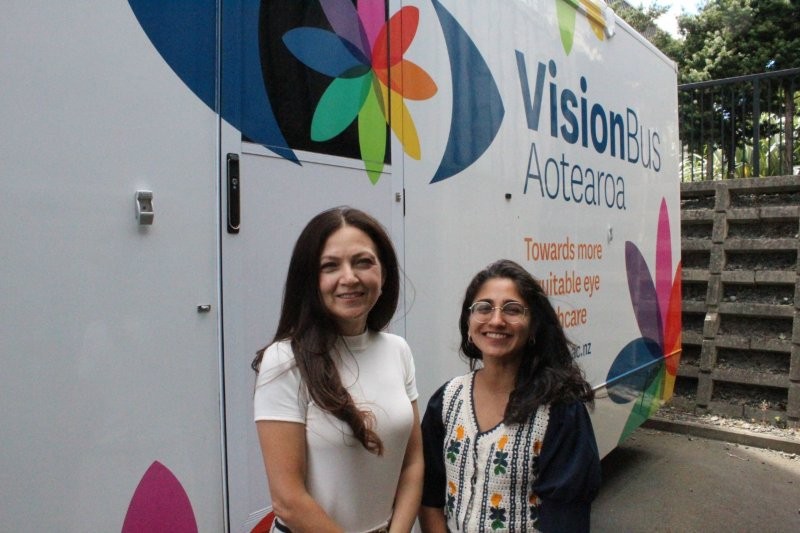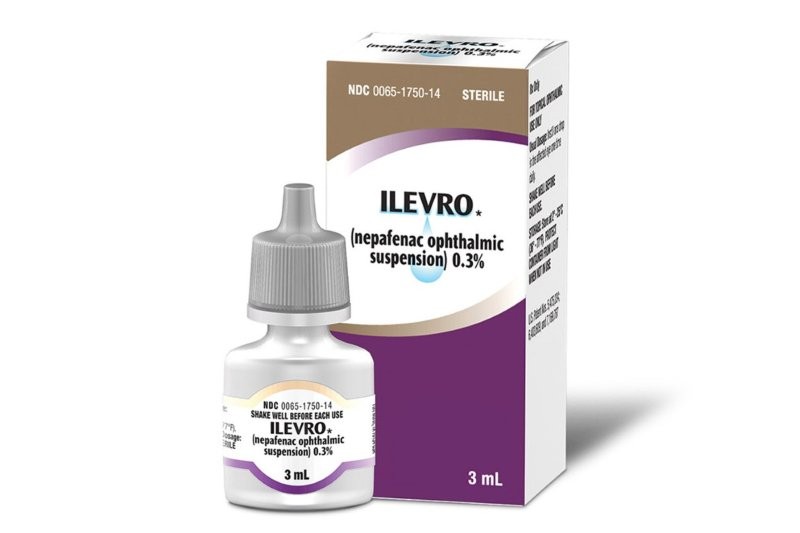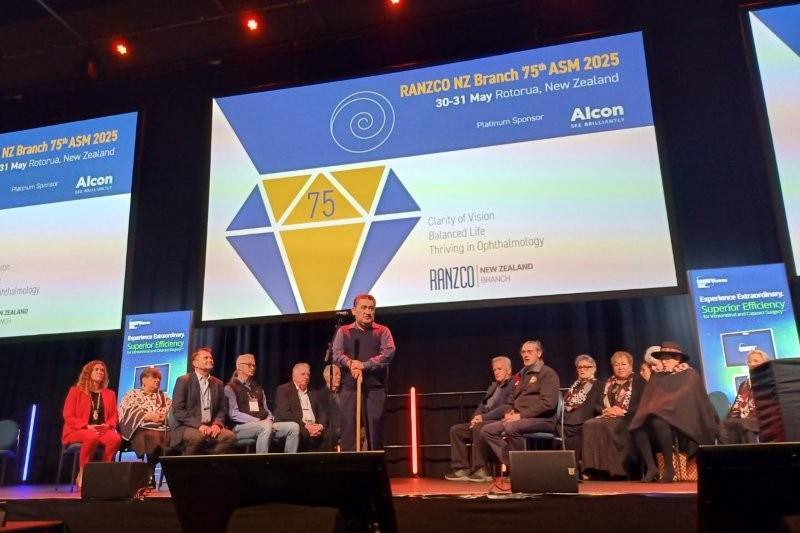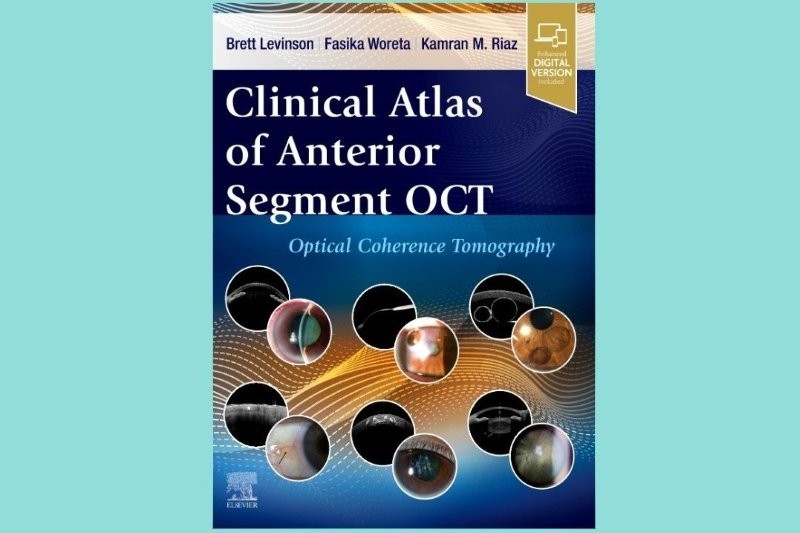ANZGS 2018
This was the first gathering of the group formerly known as ANZGIG, now the Australian and New Zealand Glaucoma Society (ANZGS), where glaucoma subspecialists from the region come together to meet colleagues, discuss difficult cases and gain insights from both local and international speakers.
This year’s conference in Sydney from 23 to 24 February commenced with presentations on a variety of rare conditions and challenging cases with robust discussion about different approaches.
The second session of paper presentations included two projects introducing new technology into patient testing. The first showed that an iPad-based perimetry programme could deliver similar results to a Humphrey visual field analyser. While there are some minor technical issues to fine tune, this is a promising development. The second looked at use of home tonometry to detect significant diurnal IOP variation in patients whose clinic IOPs had been unremarkable but whose glaucoma was progressing.
The afternoon started with a fascinating non-ophthalmic lecture by invited speaker Mr Peter Ellerton from the University of Queenslands’ Critical Thinking Project. He delivered a thought-provoking lecture on the nature of critical thinking and deliberate practice in gaining and maintaining skills or expertise. It highlighted the importance of contact with our peers to challenge biases that may influence our decision making.
This was followed by Professor John Salmon, from Oxford University who shared his views on ‘Diagnosing glaucoma. The seven deadly sins’. These included the mistakes of not taking a good history, not doing gonioscopy, not using sufficient magnification to examine the optic disc (leading to disc haemorrhages being overlooked) and not correlating disc changes with visual field findings. These ‘sins’ were illustrated by cases from his vast clinical experience and even for those seeing glaucoma patients on a daily basis they were a timely reminder of possible pitfalls.
Dr Shenton Chew from Auckland outlined the campaign he was involved in to try and highlight the burden of overdue follow-up patients and showed how well-organised patient advocacy can achieve tangible results.
A number of new treatment techniques were showcased at the meeting, including Associate Professor Paul Chew from the National University of Singapore who discussed the increasing use of micropulse diode laser in different clinical situations. Another promising new technique was the use of tissue glue in reducing the size of dysaesthesetic trabeculectomy blebs.
Associate Professor Paul Healey from Sydney gave the Gillies lecture titled ‘100 years of progress in glaucoma’. This highlighted three paradigm shifts that have occurred over this time. The first was the move from using IOP as a defining feature to a risk factor in glaucoma. The second was to understand the chronic nature of glaucoma so that when we assess patients with glaucoma we are considering both the current state (determining how it may be affecting quality of life) and also the rate of progression (how the patient is likely to be affected in the future). Lastly, he presented data showing low rates of glaucoma medication adherence in Australia. This showed the importance of patient education and participation in treatment decisions given that for many patients their only symptoms are from the treatments we prescribe.
Professor Salmons’ final talk detailed the seven types of challenging patients who require glaucoma surgery. Most in the audience could think of patients who fell into at least one of these categories. These included “the patient who has researched the options on the internet”, “the patient at risk of visual loss from the surgery” and the “the patient no one else will do”.
The final session covered minimally-invasive glaucoma surgery (MIGS) with a collection of experts sharing their experience with different devices including the iStent inject and the Cypass supraciliary stent and offering advice on patient selection and technical tips. Associate Professor Michael Coote from Melbourne gave a salient talk about the costs involved with adding these new techniques to our armamentarium, both in terms of the financial costs and the risk of losing skills needed for traditional glaucoma surgery.
Overall this was a very interesting meeting and I look forward to next year when it will be timed to coincide with the World Glaucoma Congress in Melbourne.
*Dr Graham Reeves is a glaucoma subspecialist practicing at Manukau Superclinic and the Eye Institute.










